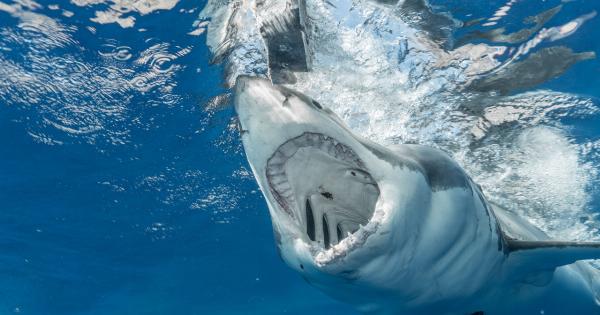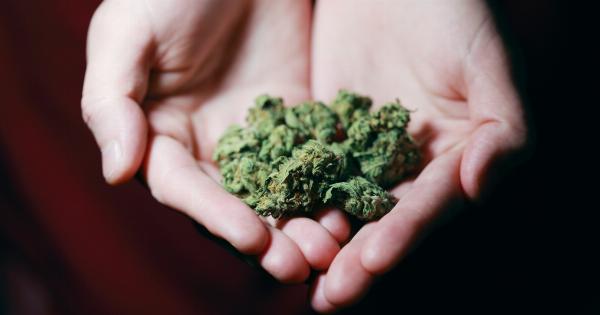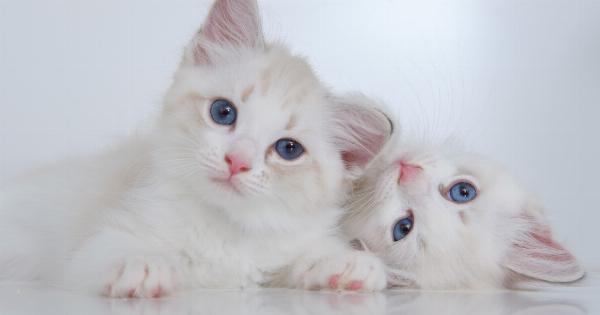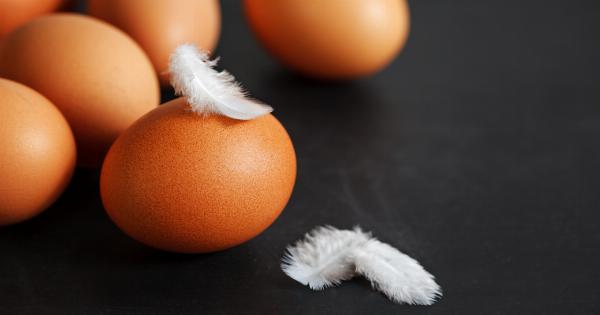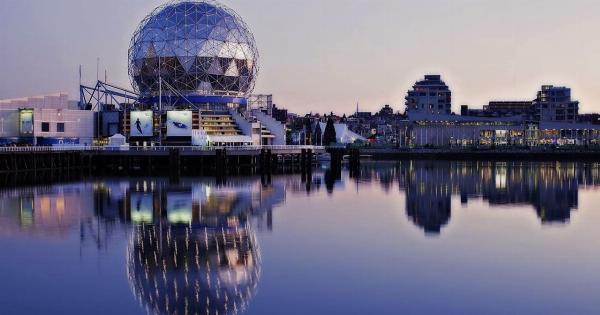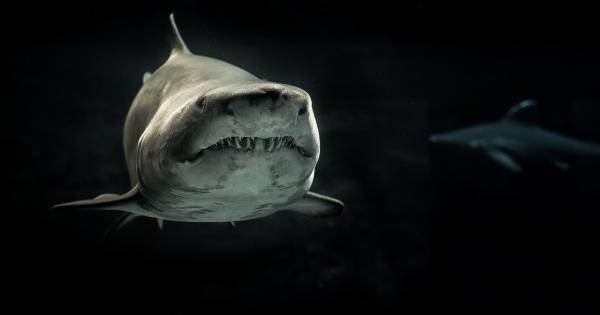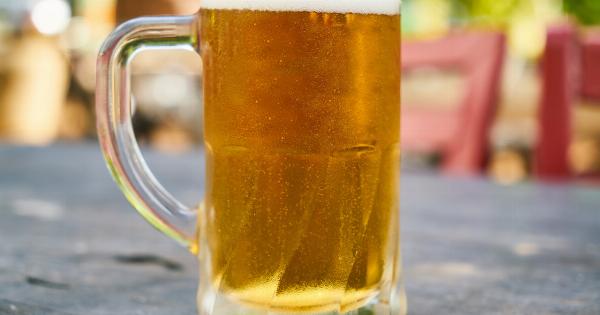Sparkling water, also known as carbonated water or fizzy water, is a popular choice among those looking for a refreshing and bubbly alternative to plain water.
The effervescence of sparkling water can be attributed to its unique molecular structure, which sets it apart from still water. Let’s explore the science behind the delightful fizz in your favorite fizzy drinks!.
What is Sparkling Water?
Before diving into the molecular structure of sparkling water, let’s first understand what it is. Sparkling water is water that has been infused with carbon dioxide gas under pressure.
This process creates carbonic acid, leading to the characteristic fizzy sensation when you take a sip.
The Role of Carbon Dioxide
Carbon dioxide (CO2) is a colorless and odorless gas that plays a crucial role in the molecular structure of sparkling water. When CO2 dissolves in water, it forms carbonic acid (H2CO3), which provides the signature tangy taste and tiny bubbles.
The amount of carbon dioxide dissolved in the water determines the level of carbonation in the final product.
The Chemistry of Carbonation
The chemical reaction that occurs when carbon dioxide is dissolved in water is known as carbonation. This process involves the formation of carbonic acid through the following reaction:.
As carbon dioxide molecules combine with water molecules, they form carbonic acid in a reversible reaction. This equilibrium allows the carbonation to be maintained as long as the level of carbon dioxide in the container remains constant.
Effects of Temperature on Sparkling Water
Temperature has a significant impact on the behavior and molecular structure of sparkling water. As temperature increases, the solubility of carbon dioxide decreases.
This is why opening a warm bottle of sparkling water can lead to a more intense fizz and release of carbon dioxide compared to a chilled bottle.
Additionally, cooler temperatures slow down the rate at which carbon dioxide molecules escape from the liquid, resulting in a longer-lasting effervescence.
This is why many people prefer to serve sparkling water chilled, as it helps preserve its carbonation and refreshing qualities.
The Role of Pressure
Pressure plays a crucial role in the molecular structure of sparkling water. When carbon dioxide is dissolved under high pressure, it creates an environment in which the gas molecules are more soluble in water.
This is why sparkling water undergoes a hissing sound and produces bubbles when you open a sealed container. The sudden reduction in pressure allows the dissolved carbon dioxide to escape from the liquid, resulting in the release of gas and formation of bubbles.
Carbonation in Different Types of Water
Not all sparkling waters are created equal when it comes to carbonation levels. The molecular structure of different types of water can lead to varying degrees of effervescence:.
1. Natural Mineral Water:
Natural mineral water is sourced from underground springs and contains a range of minerals. The minerals present in the water can influence the molecular structure and carbonation levels.
Some natural mineral waters have a high carbonation content due to the presence of dissolved carbon dioxide in the source. The carbonation can occur naturally or can be enhanced during the bottling process.
2. Seltzer Water:
Seltzer water is essentially plain water that has been artificially carbonated. This means that carbon dioxide is added under pressure to create the fizz. Unlike natural mineral water, seltzer water does not contain any additional minerals or flavors.
It provides a clean and simple sparkling water option.
3. Club Soda:
Club soda is similar to seltzer water but is infused with minerals and flavor additives. These additions can affect the molecular structure and taste of the resulting carbonated water.
Sodium bicarbonate, potassium sulfate, and disodium phosphate are some of the common additives found in club soda.
4. Tonic Water:
Tonic water is another type of carbonated water that has a distinct taste and molecular structure. It is typically flavored with quinine and sometimes contains sweeteners.
The presence of quinine gives tonic water a slightly bitter taste, setting it apart from other sparkling water options.
The Health Aspects of Sparkling Water
Sparkling water, with its unique molecular structure, offers a refreshing and hydrating experience. It is a calorie-free alternative to sugary sodas and can be enjoyed on its own or as a base for various beverages.
It is important to note that while sparkling water is generally considered safe to consume, it may not be suitable for everyone. Some individuals may experience bloating or discomfort due to the carbonation.
Conclusion
The molecular structure of sparkling water involves the dissolution of carbon dioxide gas in water, resulting in the creation of carbonic acid. This process leads to the effervescence and refreshing experience associated with sparkling water.
The level of carbonation can vary depending on factors such as temperature, pressure, and the type of water used. Whether you prefer natural mineral water, seltzer water, club soda, or tonic water, each variant offers a distinct molecular structure and taste to suit different preferences.
So, the next time you enjoy a fizzy drink, you can appreciate the science behind its molecular structure and the delightful bubbles that tickle your taste buds!.



